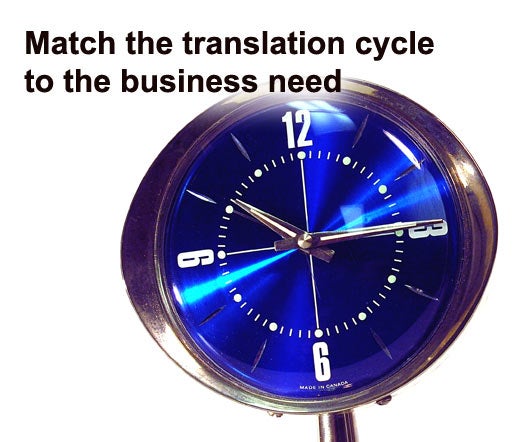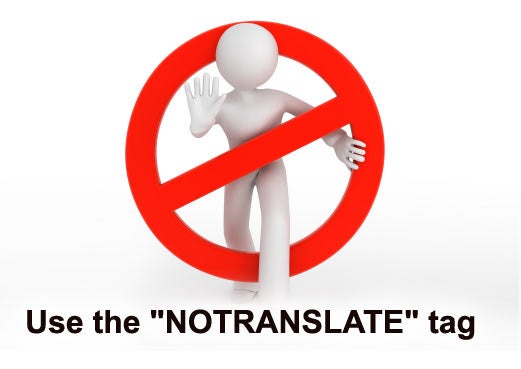In the last two decades, the Web has brought invaluable communication channels for companies of all sizes, and the innovative ways to reach new audiences in new ways just keep on coming. However, there is one basic communication need that has proven to be more challenging to deliver via the Web – language.
When a company launches or updates a Web site, that information is instantly available to a global audience. For some companies, this won’t matter because they are only serving a small local population, but for a growing number of businesses of all sizes, the global nature of the Web is bringing bright opportunities. For these companies, delivering information to their site visitors and customers in their own language is critical to compete in a global market.
To help global companies address the needs of their diverse customer base and encourage them to make purchases, Mark Tapling, president and CEO of Language Weaver, offers the following tips for translating Web content.
Click through for tips on how your company can address the needs of a diverse customer base.
Within a company, there are dozens of types of content created on a regular basis, and every type has an audience, a value that it serves for the business, and a value that it serves for the audience. Because of this, different content has different requirements for translation.
Some types of content-like advertising material-are highly influential and need to be perfect, thereby requiring human translation, while others-like documentation – need to be near perfect but don’t require the same nuance, thus allowing for the use of translation software and post-editing by a human reviewer.
When looking to start or add additional translation, take a look at the content in your organization and consider other translation options to cost-effectively translate the information while still meeting the needs of the business and the audience.
In order to make content accessible, companies should map translation requirements to the business publishing cycle. For example, some types of content only need to be updated and translated every time a new product or service is introduced, such as product documentation, marketing material and product oriented Web content. Other types of content should be translated as soon as they are written, such as bug fixes, FAQs and knowledge base articles, in order to save on ongoing support costs for known issues.
When updating Web content, think about how users will find that information. If it will require use of a free translation site, you may want to consider translating more information up front, either with human translators, post-edited automated translation, or automated translation on its own. Review the content type and publishing cycle when deciding on the best approach for translation.
Whether you use human translation, post-edit output from translation software or use automated translation, brand and term management is something that is crucial for a growing business. Identify the brand voice you want to maintain, key product names and references, and company terminology up front so that you know how they should be represented in other languages. Working this out ahead of time also helps any translation project go smoothly and lets you maintain more control of your brand across languages.
A site owner can control content by ensuring proper tagging of the information. At the page level, site owners can now add a tag called “NOTRANSLATE.” This tag is interpreted by the crawler as a “do not translate” instruction. By setting the “NOTRANSLATE” tag, you ensure that Google’s automatic translation is not offered as an automatic option to anyone performing a search – especially for those pages or parts of your site where you want to make sure YOU, the site and brand owner, decide what the translation should look like without handing over control of the translation to Google’s algorithms.
Make sure your company thinks globally from the beginning. The Web and the new communication channels it has enabled have presented companies with many opportunities. By successfully addressing the language challenge and making more information available to more of your customers and site visitors, you can encourage a global audience to make purchases from your company, jump ahead of the competition, and set your company up to be a strong global business.









